
OR
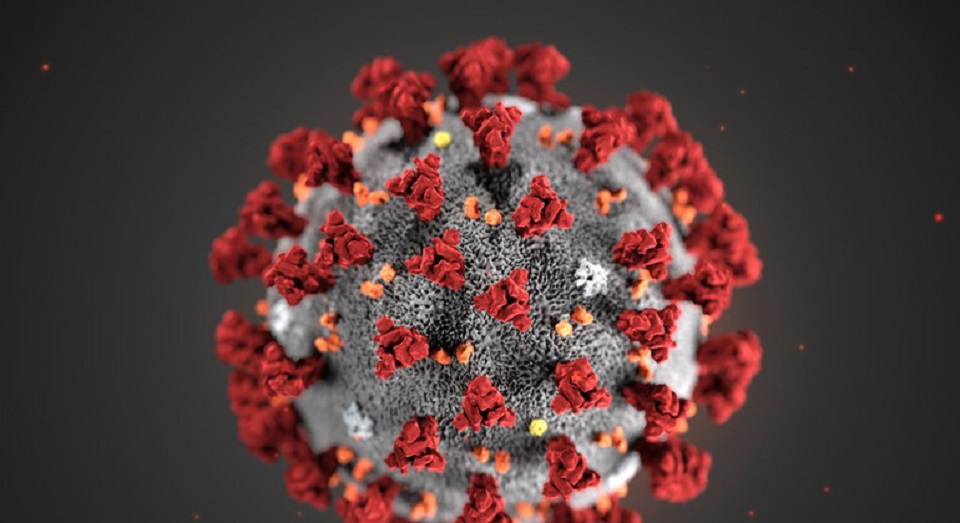
It is apparent that the Year 2020 started its resolution by “Paralyzing the World’s Economy” and pushed countries around the world to fight an invisible enemy – The COVID-19. As per the International Monetary Fund, the Global Economy is expected bear witness to a negative growth on the GDP by 3% whereas advanced economies are expected to be badly hit by 6.1% in 2020, and emerging market / developing economies are expected be the least impacted at -1%.
These words have become buzzwords during the Covid-19 Pandemic: Work from Home, Lockdown, Supply Chain Disruption, Force Majeure, Market Crash, Negative Oil Prices, Quarantine, Hydroxychloroquine, Ventilator, Relief Package, Social Distancing, Physical Distancing, etc. These words are not only changing our day-to-day lives but also has pushed governments and business entities to think and act differently to achieve the new normalcy.
The period from 1st Jan 2020 to 22nd May 2020 can be split into two phases, namely: Phase 1 - (“Unknown Unknowns”) covering 1st Jan to 31st March, and Phase 2 - covering from 1st April 2020 to 22nd May 2020. As we entered Phase 1, everything was unknown unknowns (i.e. characteristics of virus, its impact both on human / economy etc. were all very little known) which then resulted into the sky-is-falling scenario, and investors started moving from flight to safety. Globally, stock markets plunged on fear of the unknown unknowns, or the sky-is-falling fallacy.
The graph below shows the movement on the world’s top 7 stock market indexes of five countries viz. US, India, UK, Japan and Hongkong:
During Phase 1, the stock market index plummeted by 30% on average amidst coronavirus fears as the investors were wary of global economic prospects as well as recovery not being in sight.
Phase 2 started from 1st April 2020 where the stock index surged by 25% from its lowest level (i.e. in 2020.03.23) within 32 trading days. On the other hand, airline companies around the world have not shown any signs of recovery and continue its downward slide in market value. The top 10 airline companies from USA, Australia, France, Germany, UK, Hong Kong, India have lost more than 50% of their market value during this period.
The stock market has been one of the best indicators as well a future indictor of what investors have been thinking on the future outlook of companies and how these companies will be performing in the foreseeable future. This may be considered one of the indicators of a V-shape economic recovery also taking into account that all four-prior pandemics (i.e. the 1918 Spanish Flu, 1958 H2N2 “Asian Flu’, 1968 H3N2 “Hong Kong Flu” and 2002 SARS) were all observed have a V-shaped recovery.
In terms of the commodity market, crude oil prices started the year on a high note and reached its peak at $63.27 a barrel on 6th January, but plunged into negative territory i.e. -$2.72 a barrel as demand for crude fell sharply. It has rebounded to $33.56 since. The demand for fuel is expected to increase owing to loosening of lockdowns as countries worldwide are slowly getting back to business and changing their business models in order to survive in the new normal scenario.
Undoubtedly, Nepal is not isolated because of the global economic slowdown or economic paralysis due to continuous lockdowns. At the same time, the country needs to keep its eyes and ears open and see how fast the worst affected countries such as China and others are getting back to their feet to the new normal. The demand for various other goods and services across the world have started to surge. Meanwhile, we, as a nation, are still closing our eyes from the light at the end of the tunnel and investing all our effort and energy in trying to paint a very gloomy picture.
Apart from various hidden agendas, the underlining intentions for closing our very own eyes on the facts and figures in order to obtain a huge relief package from the government, is a big ask, considering the country’s current economic conditions. In order to withstand the storm, the business entities in Nepal also need to learn from how the other countries have successfully changed its strategies to emerge as a winner on post COVID era.
The author is DCEO – Civil Bank Limited & Visiting Faculty KUSOM
Disclaimer: The views expressed in the text belong solely to the author, and not to author’s employer or associated institutions.
You May Like This
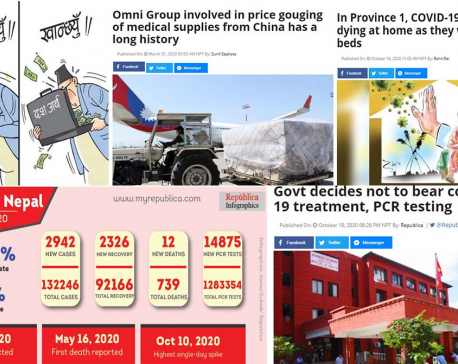
As Oli government limits its role to counting deaths during the greatest public health crisis, people are dying at an alarming rate
Experts say the government has decided to shred the constitution ... Read More...
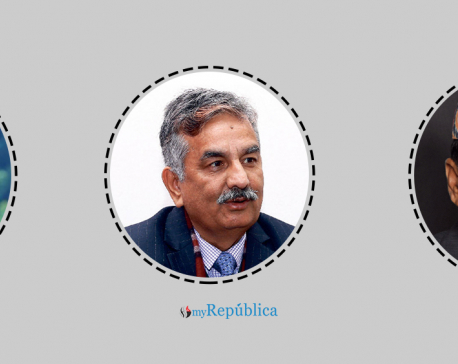
Opportunity to rebuild economy: Ex-finance ministers
KATHMANDU, May 8: Former prime minister Baburam Bhattarai has said that the COVID-19 pandemic should be taken as an opportunity... Read More...

UN agencies urges govt to provide greater support for working families to minimize negative impact of coronavirus on children, laborers and women
KATHMANDU, April 1: With the continued exponential growth of COVID-19 around the globe, UNICEF, ILO, and UN Women have urged... Read More...

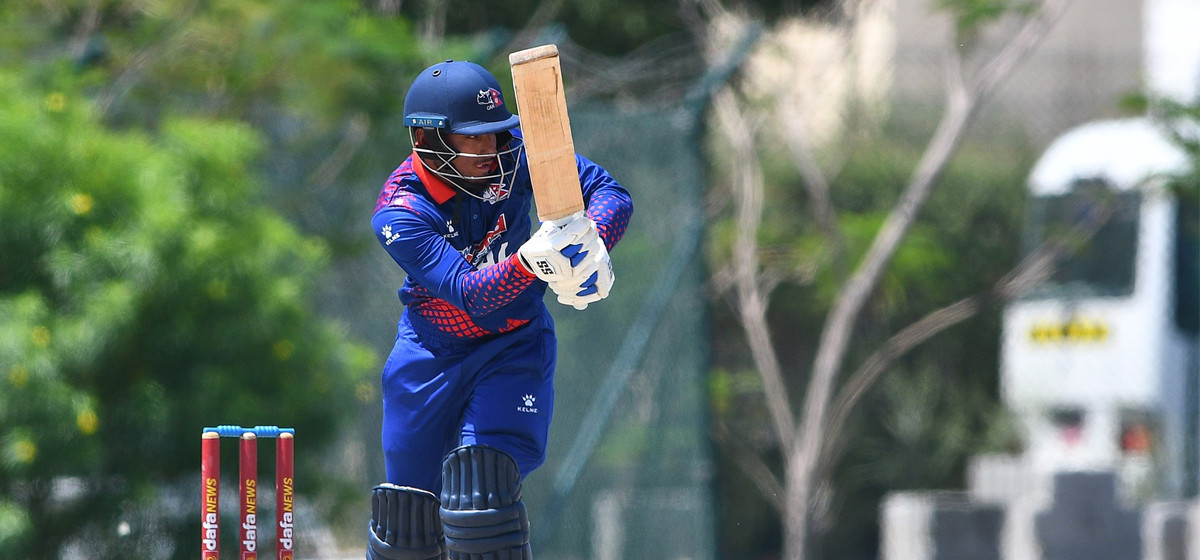
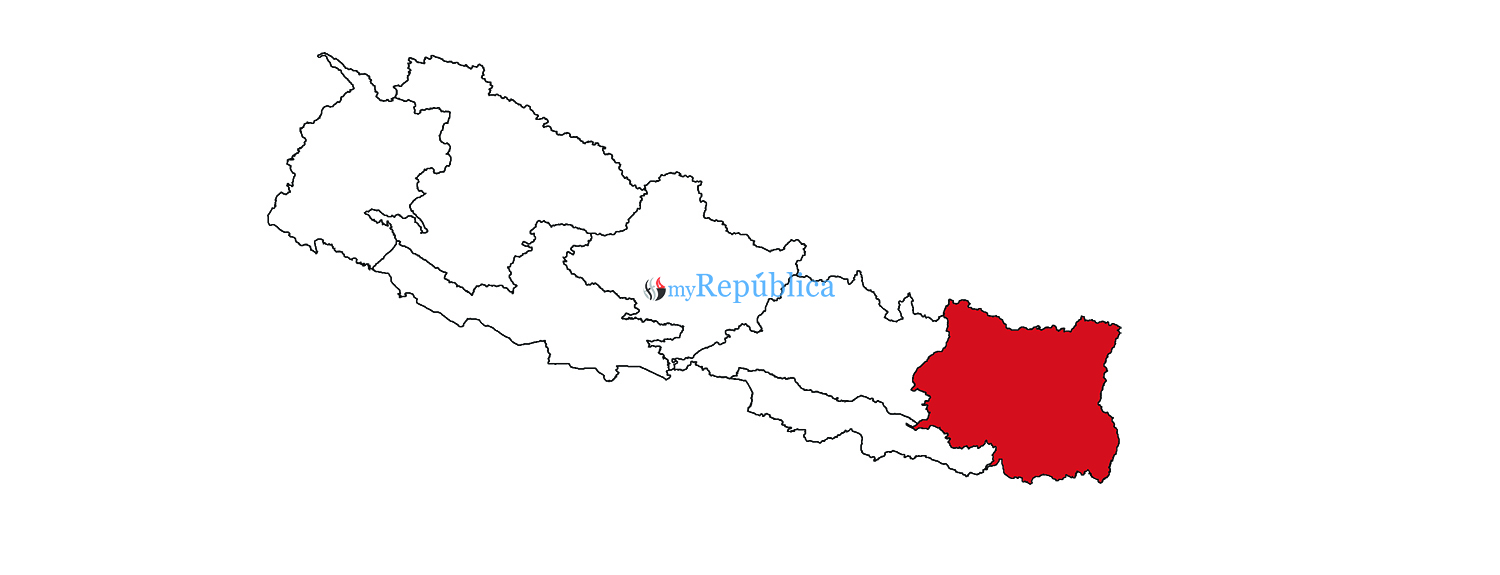


Just In
- Teachers’ union challenges Education Minister Shrestha's policy on political affiliation
- Nepal sets target of 120 runs for UAE in ACC Premier Cup
- Discussion on resolution proposed by CPN-UML and Maoist Center begins in Koshi Provincial Assembly
- RBB invites applications for CEO, applications to be submitted within 21 days
- Telephone service restored in Bhotkhola after a week
- Chemical fertilizers imported from China being transported to Kathmandu
- Man dies in motorcycle accident in Dhanusha
- Nepal face early setback as four wickets fall in powerplay against UAE



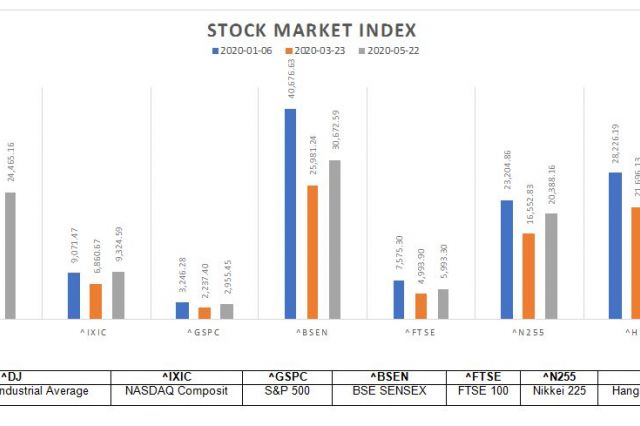






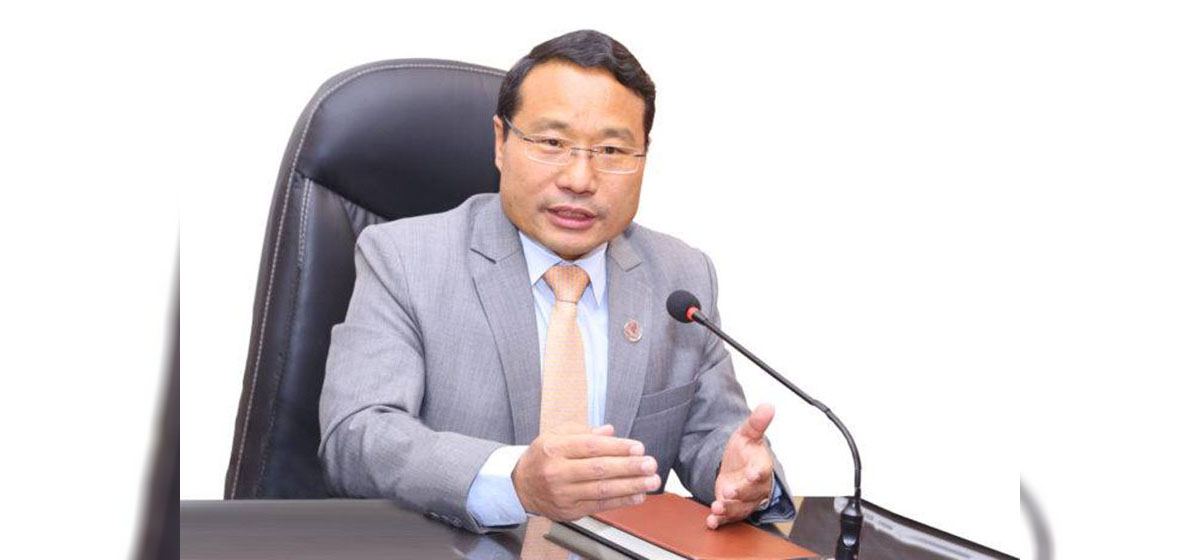

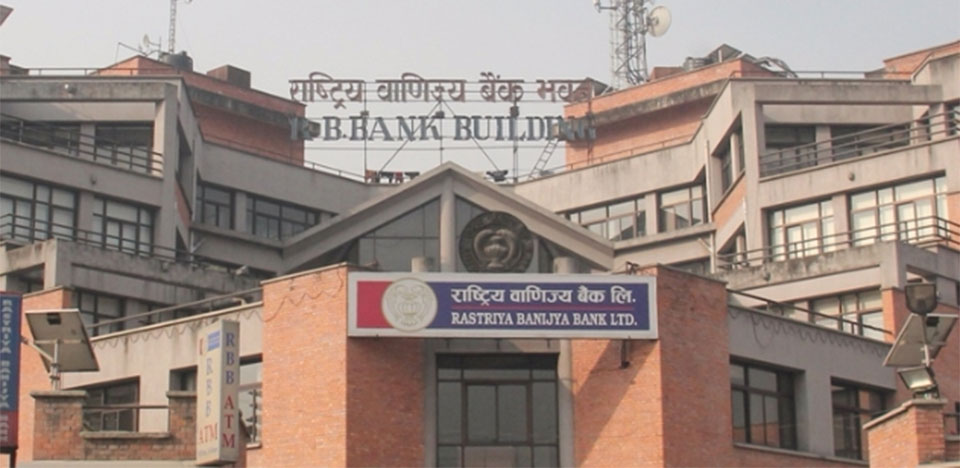

Leave A Comment